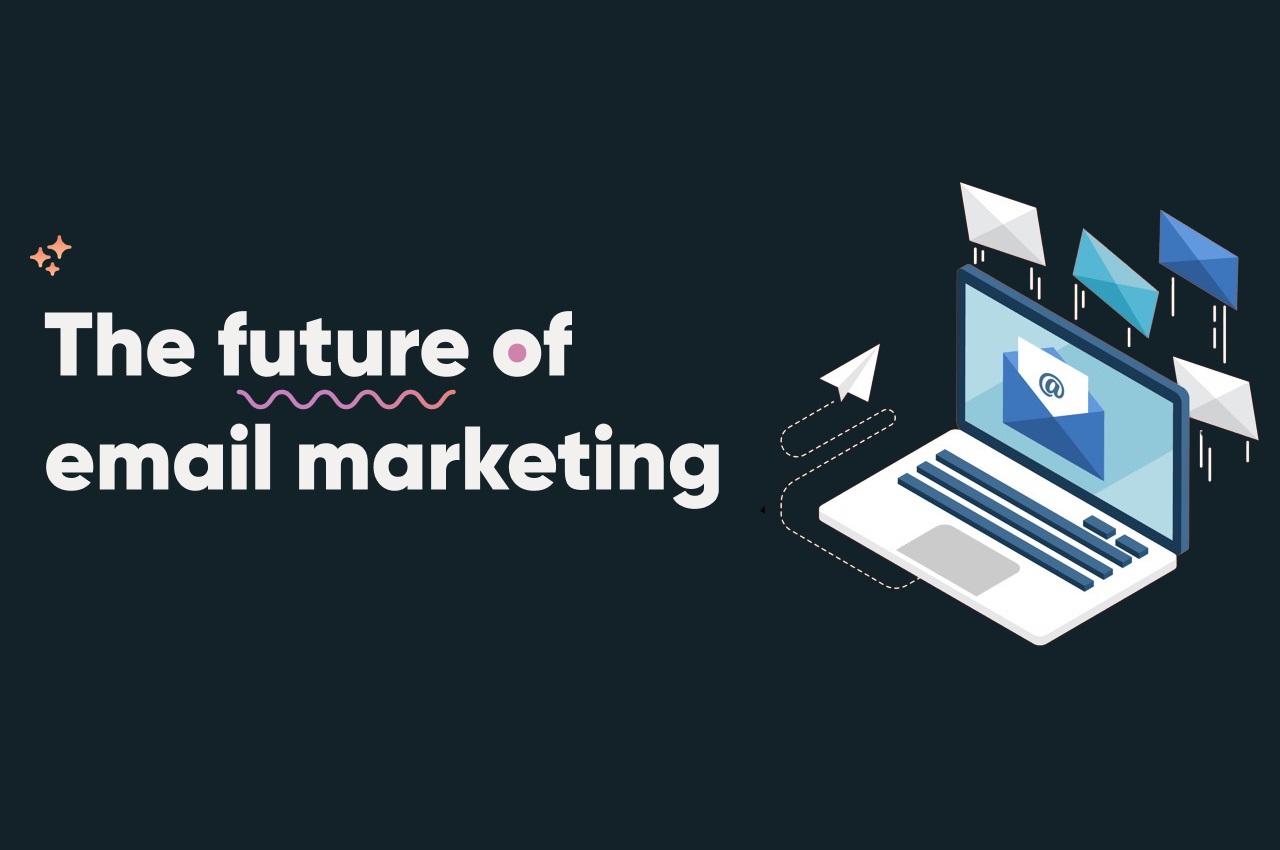How To Make Money With Email Marketing?
Email marketing is not just a tool for communication; it’s a powerful avenue for generating revenue and increasing profitability for businesses. When executed strategically, an email marketing campaign can serve as a key driver for sales, customer retention, and overall business growth. In this guide, we’ll delve into the comprehensive process of making money with email marketing, covering everything from building a strong subscriber base to optimizing your campaigns for maximum returns.
I. Introduction To Making Money With Email Marketing
A. Understanding the Revenue Potential
- Email Marketing as a Revenue Generator: Recognize that email marketing can contribute significantly to your business’s bottom line by driving sales, increasing customer lifetime value, and fostering brand loyalty.
- Benefits of Monetizing Email Marketing:
- Direct and cost-effective channel for promoting products/services.
- Ability to segment and target specific audience segments.
- Opportunities for personalized and targeted promotions.
B. Setting Clear Monetization Goals
- Identifying Revenue Objectives: Clearly define the financial goals of your email marketing efforts, such as increasing sales, promoting new products, or upselling to existing customers.
- SMART Goal Setting: Set Specific, Measurable, Achievable, Relevant, and Time-bound goals. For example, “Increase email-generated revenue by 15% in the next quarter.”
II. Building a Strong Foundation for Monetization
A. Growing Your Email List
- Opt-In Strategies for Quality Subscribers:
- Offer lead magnets like ebooks, webinars, or exclusive content.
- Utilize exit-intent pop-ups and timely incentives to capture visitor emails.
- Segmentation for Targeted Offers: Divide your email list into segments based on demographics, purchase history, or engagement levels to tailor offers and promotions.
B. Knowing Your Audience for Personalized Offers
- Understanding Buyer Personas: Create detailed buyer personas to understand the unique preferences, behaviors, and pain points of your audience.
- Analyzing Purchase Behavior: Use analytics to identify patterns in purchase behavior, allowing for more targeted and relevant product recommendations.
III. Monetizing Email Content
A. Promoting Products and Services
- Strategic Product Promotion:
- Showcase new products or features through dedicated email campaigns.
- Implement flash sales, limited-time offers, or exclusive discounts to drive immediate purchases.
- Upselling and Cross-Selling:
- Recommend complementary products based on past purchases.
- Offer product bundles or upgrades to increase average transaction value.
B. Affiliate Marketing through Email
- Affiliate Partnerships:
- Collaborate with relevant affiliate partners to promote their products.
- Use affiliate links in emails and earn commissions on sales generated through those links.
- Creating Compelling Affiliate Offers: Craft persuasive content to promote affiliate products, emphasizing the value and benefits for your audience.
C. Sponsored Emails and Collaborations
- Collaborating with Sponsors: Partner with other businesses or influencers for sponsored email campaigns to promote their products or services.
- Maintaining Relevance and Transparency: Ensure that sponsored content aligns with your audience’s interests and clearly disclose any sponsored relationships.
IV. Implementing E-commerce Strategies
A. Abandoned Cart Recovery
- Abandoned Cart Emails:
- Set up automated emails to remind users of items left in their cart.
- Include incentives like discounts or free shipping to encourage completion.
- Optimizing Checkout Process: Streamline the checkout process to reduce friction and increase the likelihood of completed purchases.
B. Customer Retention and Loyalty Programs
- Loyalty Program Promotions:
- Promote your loyalty program through email to encourage repeat purchases.
- Offer exclusive discounts or early access to loyal customers.
- Engaging Retention Campaigns: Develop email campaigns focused on customer retention, such as personalized product recommendations and feedback requests.
V. Email Marketing Automation for Revenue Generation
A. Introduction to Automation
- Benefits of Email Marketing Automation:
- Time efficiency by automating repetitive tasks.
- Personalized communication based on user behavior.
- Timely and relevant interactions with subscribers.
- Setting Up Automated Campaigns:
- Create drip campaigns for lead nurturing.
- Implement automated product recommendations based on user preferences.
B. Personalization and Dynamic Content
- Dynamic Content Strategies:
- Use personalization tokens to address recipients by name.
- Implement dynamic content blocks for tailored product recommendations.
- Behavioral Triggers: Set up triggers based on user behavior, such as abandoned cart emails, to capitalize on specific opportunities.
VI. Analyzing Performance and Optimization
A. Key Performance Indicators (KPIs)
- Revenue-Related KPIs:
- Monitor total email-generated revenue.
- Analyze conversion rates and average order value.
- Engagement Metrics:
- Track open rates, click-through rates, and conversion rates.
- Monitor subscriber growth and unsubscribe rates.
B. A/B Testing for Optimization
- Testing Elements for Improvement: Conduct A/B tests on subject lines, email copy, visuals, and CTAs to identify the most effective strategies.
- Iterative Improvements: Continuously iterate based on A/B test results to refine email content and strategies over time.
VII. Future Trends in Monetizing Email Marketing
A. Integration with Emerging Technologies
- Artificial Intelligence (AI) and Predictive Analytics: Leverage AI for predictive personalization, analyzing user behavior to anticipate and meet their needs.
- Interactive Emails and AMP for Email: Explore the use of interactive elements and Accelerated Mobile Pages (AMP) to enhance user engagement within emails.
B. Advanced Personalization and Behavioral Targeting
- Advanced Personalization Techniques:
- Utilize machine learning algorithms for advanced personalization.
- Implement dynamic content based on real-time user interactions.
- Behavioral Targeting Strategies: Analyze user behavior to deliver highly targeted and relevant offers, increasing the likelihood of conversion.
VIII. Conclusion
Making money with email marketing involves a holistic approach that combines strategic planning, audience understanding, and continuous optimization. By building a strong subscriber base, personalizing offers, and leveraging automation, businesses can maximize the revenue potential of their email campaigns. Embracing emerging trends and technologies ensures that your email marketing efforts remain innovative and effective in a dynamic digital landscape. Remember, successful monetization is not just about sending emails; it’s about sending the right emails to the right audience at the right time, creating a win-win scenario for both businesses and subscribers.


